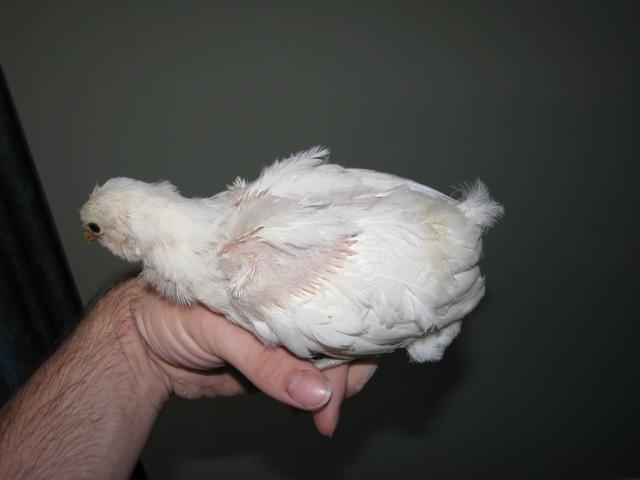Hi Joyce! I appreciate that more than you know.
I don't think they have the 'lavender gene'--- but I've hatched some lovely 'pastel-colored' girls in the past generations.
If I hadn't been so keen on 'clean blues and blacks', no telling what pretties I would have found.

Lisa
I don't think they have the 'lavender gene'--- but I've hatched some lovely 'pastel-colored' girls in the past generations.
If I hadn't been so keen on 'clean blues and blacks', no telling what pretties I would have found.

Lisa




